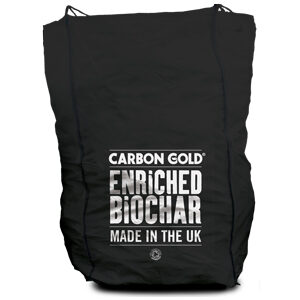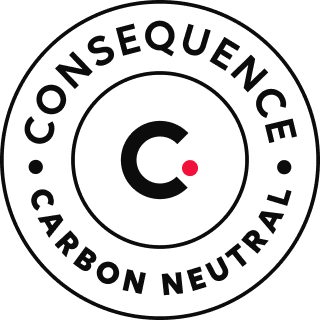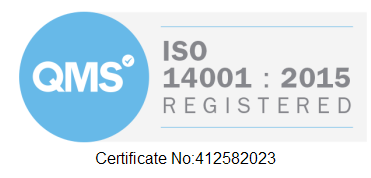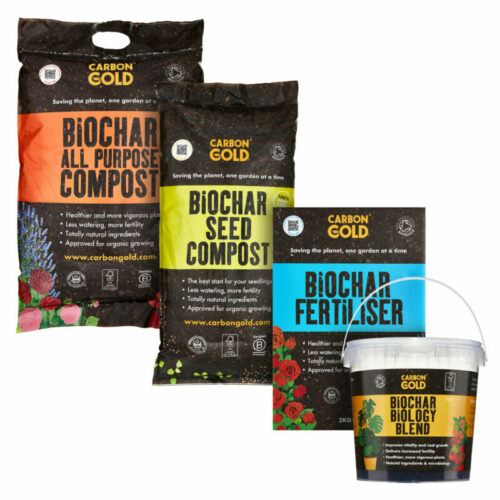Carbon Capture & Storage
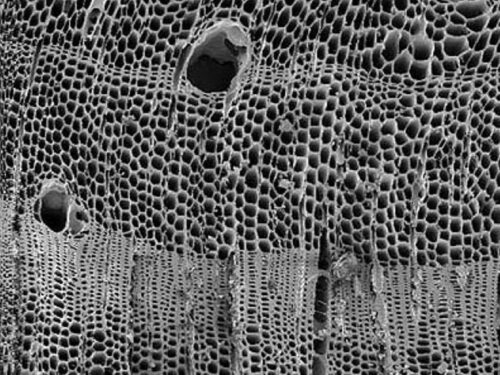
Carbon capture and storage (CCS) is a process used to prevent carbon dioxide (CO2) emissions from entering the atmosphere. CCS involves capturing CO2 from sources like power plants, industrial facilities, and landfills, and then storing it in a safe and secure location. Biochar can be used as carbon capture and storage tool because it is highly porous and has a large surface area, which makes it ideal for adsorbing CO2. When biochar is buried in the ground, it can store carbon for hundreds or even thousands of years. Additionally, biochar helps improve soil quality and can increase crop yields.
For these reasons, biochar is an attractive option for CCS projects. If you are interested in using biochar for CCS, there are a few things to keep in mind. First, it is important to choose the right type of biochar. Second, the biochar must be properly prepared before it can be used for carbon capture. Finally, you need to have a plan for what to do with the captured carbon once it has been stored in the biochar. If you follow these guidelines, you can use biochar to successfully capture and store carbon dioxide. This will help reduce your carbon footprint and make a positive impact on the environment.
What is the best type of biochar for carbon capture and storage?
The answer to this question depends on a few factors, including the intended use of the biochar and the specific CCS project requirements. For example, some types of biochar are more effective at adsorbing CO2 than others. Additionally, some types of biochar are more durable and longer-lasting than others. Ultimately, the best type of biochar for carbon capture and storage will depend on the specific needs of your project. Some common types of biochar include wood charcoal, coconut shell charcoal, and rice hull charcoal. Biochar is made by burning wood in an oxygen-limited environment. This process creates a porous, lightweight product that is rich in carbon. All of these types of biochar are effective at adsorbing CO2. However, they differ in terms of their porosity, surface area, and durability. Wood charcoal is the most porous type of biochar, which makes it very effective at adsorbing CO2. However, it is also the least durable type of biochar and will need to be replaced more frequently than other types. Coconut shell charcoal is less porous than wood charcoal, but it is more durable and longer-lasting. Rice hull charcoal is the least porous type of biochar, but it is also the most durable and longest-lasting. When choosing a type of biochar for carbon capture and storage, it is important to consider the specific needs of your project. If you need biochar that is very effective at adsorbing CO2, wood charcoal may be the best option. If you need biochar that is durable and long-lasting, coconut shell charcoal or rice hull charcoal may be better choices. Ultimately, the best type of biochar for your project will depend on your specific needs and requirements.
How do I prepare biochar for carbon capture?
Before biochar can be used for carbon capture, it must be properly prepared. This process is known as pyrolysis. Pyrolysis is a thermal decomposition process that occurs in the absence of oxygen. During pyrolysis, organic materials are heated to high temperatures in an oxygen-free environment. This causes the material to break down into its parts, including carbon. The type of biochar you use will determine the specific pyrolysis conditions that are required. For example, wood charcoal can be made using either low-temperature or high-temperature pyrolysis. Low-temperature pyrolysis involves heating the wood to temperatures between 400 and 700 degrees Celsius. High-temperature pyrolysis involves heating the wood to temperatures between 700 and 900 degrees Celsius. Coconut shell charcoal and rice hull charcoal can also be made using either low-temperature or high-temperature pyrolysis. However, these materials are more resistant to heat than wood, so they require higher temperatures to break down. As a result, coconut shell charcoal and rice hull charcoal are usually made using high-temperature pyrolysis.
Once the biochar has been prepared through pyrolysis, it is ready to be used for carbon capture.
What is the best way to store captured carbon?
Once the CO2 has been captured using biochar, there needs to be a plan for where to store it. The most common way to store carbon dioxide is in underground reservoirs. These are typically depleted oil or gas fields that have been repurposed for carbon storage. Another option for storing carbon dioxide is in saline aquifers. These are underground layers of rock that contain water with high salt content. Carbon dioxide can be injected into these aquifers, where it will dissolve in the salty water. Finally, you could also store carbon dioxide in deep-sea sediments. These are areas of the ocean floor that are composed of loose sediment and rock particles. Carbon dioxide can be injected into these sediments, where it will become trapped by the surrounding material. All of these storage options have their advantages and disadvantages. You will need to decide which option is best for your specific project.
Why is carbon capture and storage important?
Carbon capture and storage are important because they can help to reduce the number of greenhouse gases in the atmosphere. Greenhouse gases like carbon dioxide trap heat, which causes the Earth’s temperature to rise. This can lead to many problems, including global warming, melting glaciers, and rising sea levels. By capturing carbon dioxide and storing it underground, we can prevent it from entering the atmosphere and contributing to these problems. Carbon capture and storage is, therefore, an important tool in the fight against climate change.
What are some of the challenges associated with carbon capture and storage?
One of the biggest challenges associated with carbon capture and storage is the cost. The technology required to capture and store carbon dioxide is expensive, and it can be difficult to find funding for these projects. Another challenge is finding suitable storage locations. For carbon capture and storage to be effective, the carbon dioxide must be stored in a place where it will not escape into the atmosphere. This can be difficult to find, especially if the storage location needs to be near the source of the carbon dioxide. Finally, there are also technical challenges associated with carbon capture and storage. For example, it can be difficult to inject carbon dioxide into underground reservoirs without causing leaks. And once carbon dioxide has been injected into a storage site, it needs to be monitored to make sure that it stays there. Despite these challenges, carbon capture and storage are important tools in the fight against climate change. With continued research and development, it is hoped that these challenges can be overcome.
What are some of the benefits of using biochar for carbon capture?
Biochar has several advantages over other methods of carbon capture. First, biochar is much cheaper to produce than other forms of carbon capture. Second, biochar can be used to improve soil health, which can have some additional benefits like increased crop yields. Third, biochar is a renewable resource, which means that it can be reused over and over again. Finally, biochar is also safe and environmentally friendly. It does not release any harmful chemicals into the atmosphere, and it can be used to improve soil health.
All of these factors make biochar an attractive option for carbon capture and storage.
Contact us to discuss your biochar requirements for carbon storage.
Stay in the know
Subscribe to the mailing list to keep up with new products & industry developments. Don't worry... we don't like spam either.
Author
Carbon Gold
Biochar
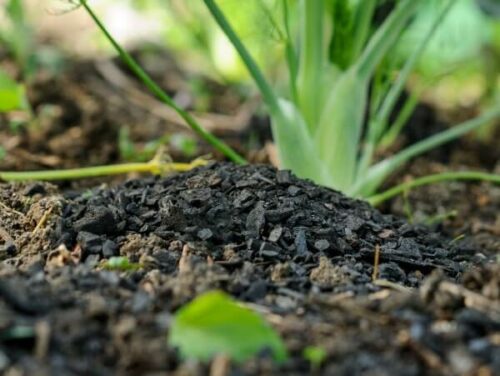
Article Tags
BiocharRelated Product
750kg Biochar
The progression of biochar as a Negative Emission Technology and Nature Based Solution has been…
Share This Article
Related articles

Brimstones, Buckthorn and Bluebells
Category: FAQs, Gardening Tips, Guides
Butterflies in February?! It was only a couple of weeks ago that the country was hunkering down beneath an onslaught…
Read MoreCarbon Gold
Biochar


Houseplants in the Bedroom
Category: FAQs, Garden and Home, Guides
We all know that houseplants have a huge positive impact on health and wellbeing – both physically and mentally. They…
Read MoreCarbon Gold
Biochar

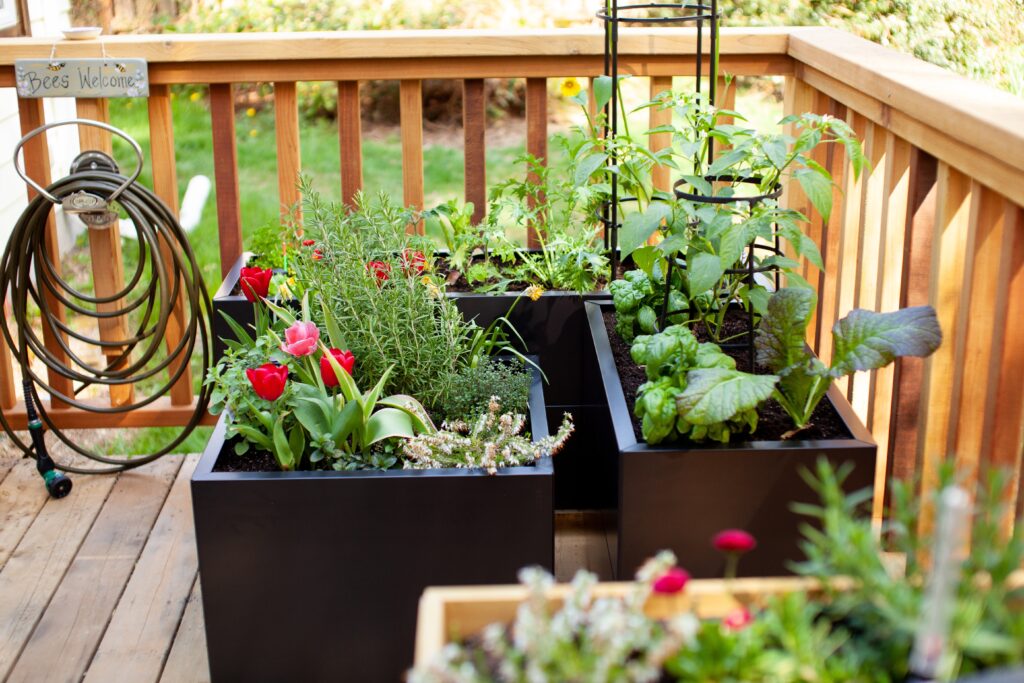
The Urban Gardener's Enchanted Chronicle: The Marvel of Balcony Gardening
Category: Gardening Tips, Growing Guides
Picture this: with a simple flick of your green thumb, your urban space metamorphoses into an enchanting garden. This vision…
Read MoreCarbon Gold
Biochar

